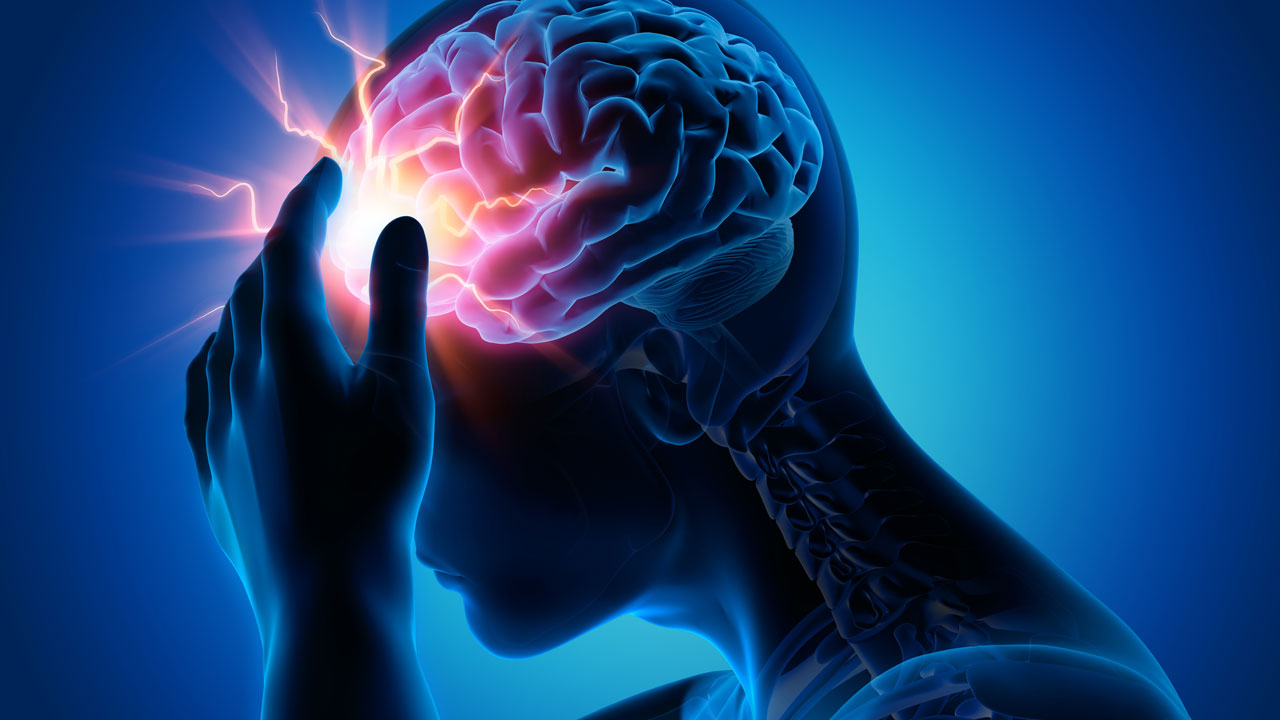
Stroke Services
A stroke occurs when a blood vessel in the brain becomes blocked or bursts. The brain relies on a network of blood vessels to provide it with blood that is rich in oxygen. In a stroke, there is a lack of blood supply that causes surrounding nerve cells to be cut off from their supply of nutrients and oxygen.
A stroke, or "brain attack," occurs when a blood vessel in the brain becomes blocked or bursts. The brain cannot store oxygen, so it relies on a network of blood vessels to provide it with blood that is rich in oxygen. A stroke results in a lack of blood supply, causing surrounding nerve cells to be cut off from their supply of nutrients and oxygen. When tissue is cut off from its supply of oxygen for more than three to four minutes, it begins to die.
Although the pain associated with sciatica can be severe, most cases resolve with non-operative treatments in a few weeks. People who have severe sciatica that s associated with significant leg weakness or bowel or bladder changes might be candidates for surgery.
Types of stroke
Hemorrhagic stroke — This type of stroke takes place when a weakened blood vessel in the brain ruptures. A hemorrhage, or bleeding from the blood vessel, occurs suddenly. The force of blood that escapes from the blood vessel can also damage surrounding brain tissue. Hemorrhagic stroke is the most serious kind of stroke. About 13% of all strokes are hemorrhagic.
Ischemic stroke — This type of stroke occurs when a blood vessel in the brain develops a clot and cuts off the blood supply to the brain. A blood clot that forms in a blood vessel in the brain is called a “thrombus.” A blood clot that forms in another part of the body, such as the neck or lining of the heart, and travels to the brain is called an “embolus.” Blood clots often result from a condition called “atherosclerosis,” the build-up of plaque with fatty deposits within blood vessel walls. About 87% of all strokes are ischemic.
Transient ischemic attack (TIA) — A TIA should be treated as seriously as a stroke. A TIA has the same symptoms as a stroke, but they only last several minutes, or up to 24 hours. Unlike a stroke, a TIA does not kill the brain cells, so there is no lasting damage to the brain. A TIA is considered a serious warning sign of stroke. About 1 in 3 people who have a TIA will go on to have a stroke.
